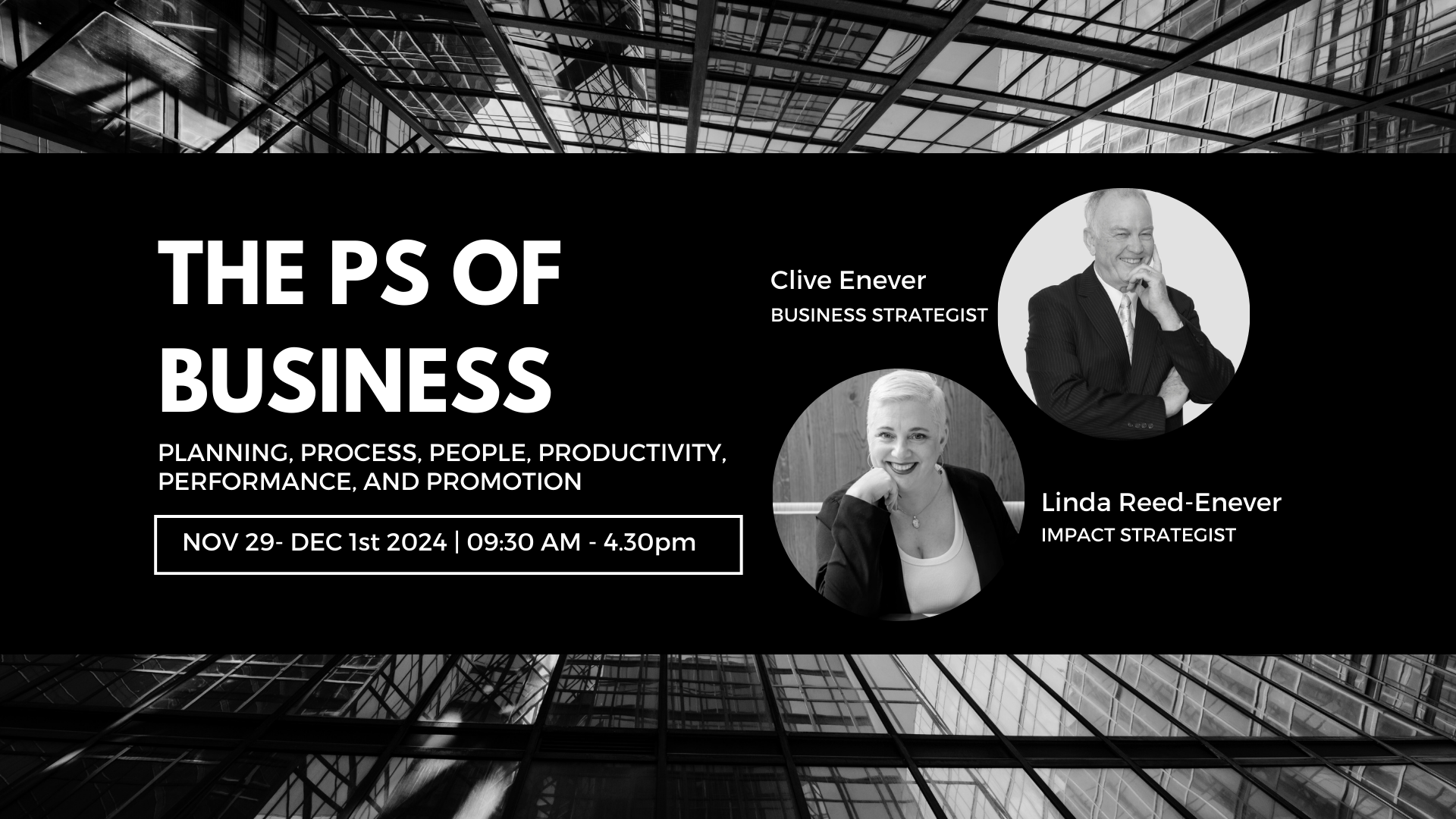If you’ve got big business plans for the period ahead, goal setting is your way of getting from where you are now to where you want to be.
But how can you ensure those goals lead to real action? Well, it’s all about creating milestones that you can progressively reach by getting SMART.
Here’s a step-by-step framework to ensure you’re on the right goal setting track, using SMART goals that propel you towards your desired destination.
What are SMART goals?
Since they were first coined as a goal setting framework in the 1980s, SMART goals have been used to ensure the goals people set are achievable.
The acronym stands for specific, measurable, attainable, realistic, and timely, and allows businesses to think through their objectives considering what, who, why, how, where and when.
In the process, this framework overcomes one of the biggest challenges that arises when people set goals.
It removes the ‘wishful thinking’ element of creating ‘lofty milestones’ and instead focuses on criteria that allow those plans to be underpinned by action.
So, let’s delve into the 10 steps involved…
1. Specific
While your wish might be to have your business turning over $X a year, the performance goals that you set to get to this stage need to be specific.
A specific goal considers what needs to be accomplished, who will be responsible for delivering that outcome, and the steps that need to be taken to achieve the aim.
2. Measurable
Measuring makes your goals easier to track. It also allows you to shift course and tweak your actions if required.
It involves setting clear key performance indicators and benchmarks that allow you to quantify whether you’re marking progress or not.
3. Attainable
When it comes to making real progress in business, you need to ensure the goals you set are actually attainable.
If not, you and your team will quickly become demoralised in the knowledge the aim is well out of reach.
When setting your SMART goals, ensure what you are trying to accomplish can be achieved when weighed up against all the other competing needs of your business, including the current workload of your team.
4. Realistic
Any future goal you set should be realistic and relevant. Consider why exactly you’re setting that goal and whether it’s realistic for the business at this stage in its life.
Remember to consider any hurdles you and your team may need to overcome in order to reach that milestone.
5. Timely
When you put a timeframe on the attainment of a goal, you create immediacy which drives action. In other words, you set a realistic deadline for when that goal needs to be achieved.
This gives you and your team clarity about what needs to occur by when.
6. Create systems
Creating SMART goals is just the first step in the goal-setting framework.
Once you have a plan in place, you need to ensure you have the systems (actions) in place that allow you to achieve your aims.
With your SMART goals in mind, look at what activity needs to be done to attain them.
For example, does your sales team need to have more contact with prospective clients? Does your marketing plan need revision?
What exact activity needs to underpin achieving that goal, and how will that be factored into your daily business operation?
7. Chart your progress
Earlier I mentioned every SMART goal needs to be measurable. Charting your goal progress is paramount when it comes to deciphering whether you are on the right track and things are going to plan.
Take the time to regularly review your goals, determine whether the actions underpinning them are working and tweak if required.
8. Maintain focus
One of the key attributes of SMART goal setting is that it allows you to remain focused on achieving your aim.
That said, it’s also important to maintain that focus by going after one goal at a time, rather than ricocheting from one activity to another.
If you have multiple goals, be sure to prioritise them in the order in which they need to be achieved. Then focus on attaining one goal at a time.
9. The right lever at the right time
Business is much like a machine, where different levers will need to be pulled at different times in order to achieve maximum momentum.
As you create your goals, consider which lever might need to be pulled, when, and how that might need to change in response to external factors, such as new competition, economic conditions etc.
10. Rinse and repeat
As your business grows, you will have new milestones that you intend to reach. At each juncture consider the SMART goals which you can deploy to take your business to the next stage.
The final word
There’s good reason SMART goals have been a catch-cry since the 1980s. They’re a great way of creating realistic milestones that propel your business towards success.
If you’re planning for business growth, and considering implementing SMART goals, I’m available to assist.
Talk Strategy with Clive
With more than 30 years’ experience in mentoring small to medium-sized businesses around Australia. Clive works with company owners and their teams to grow their business and achieve goals through strategic coaching.














